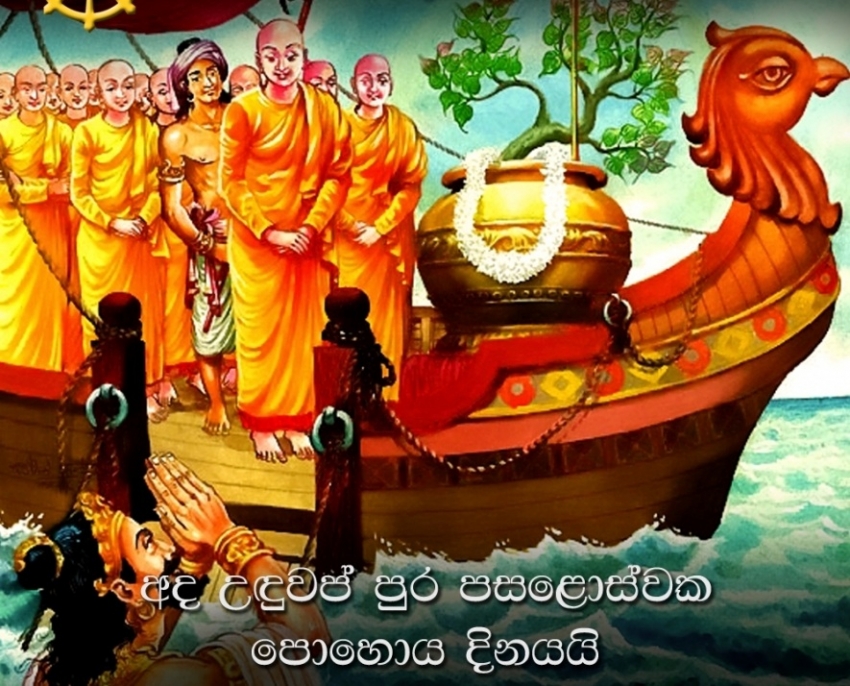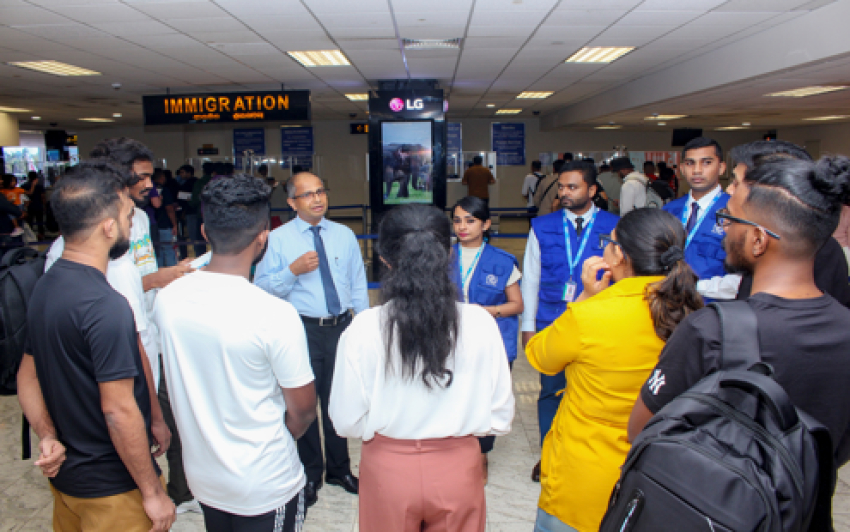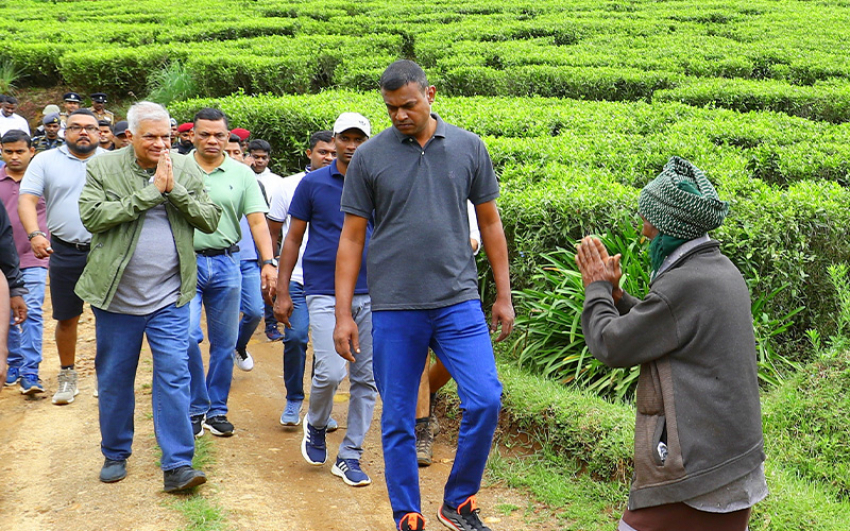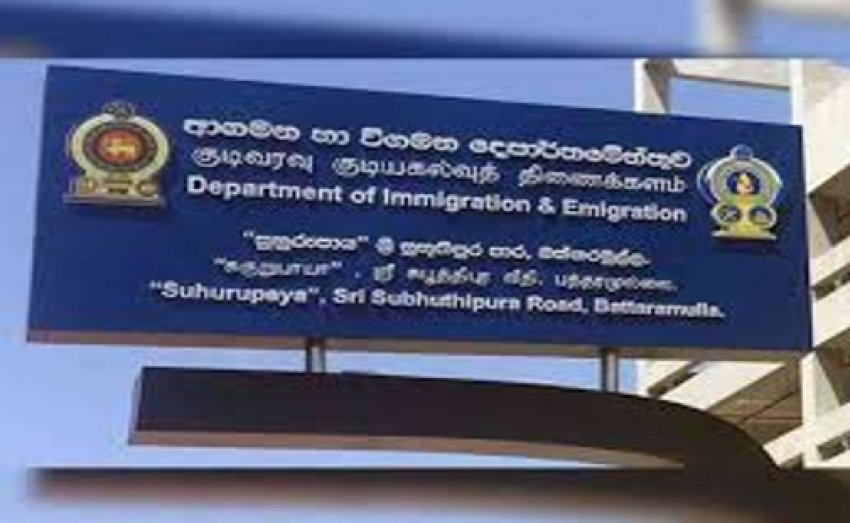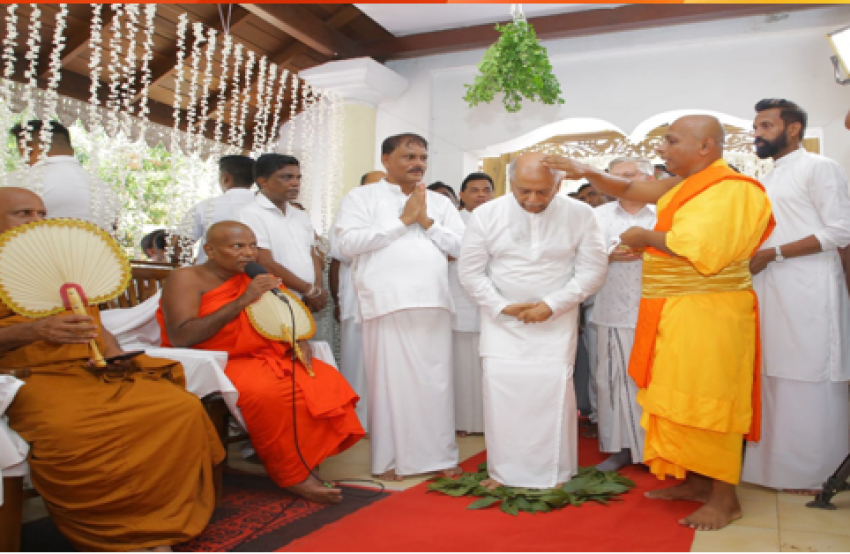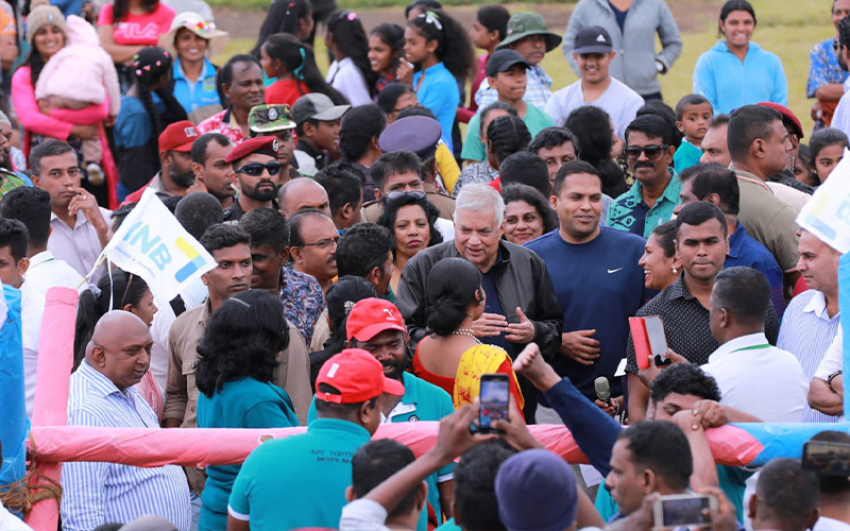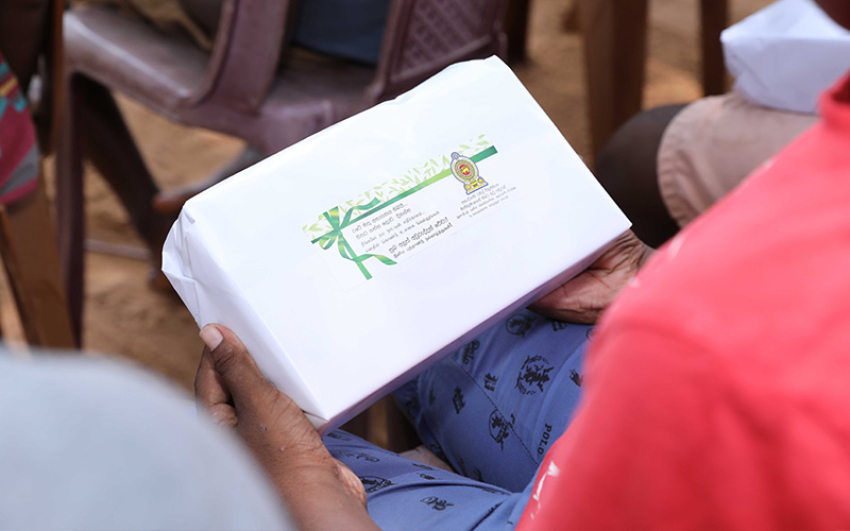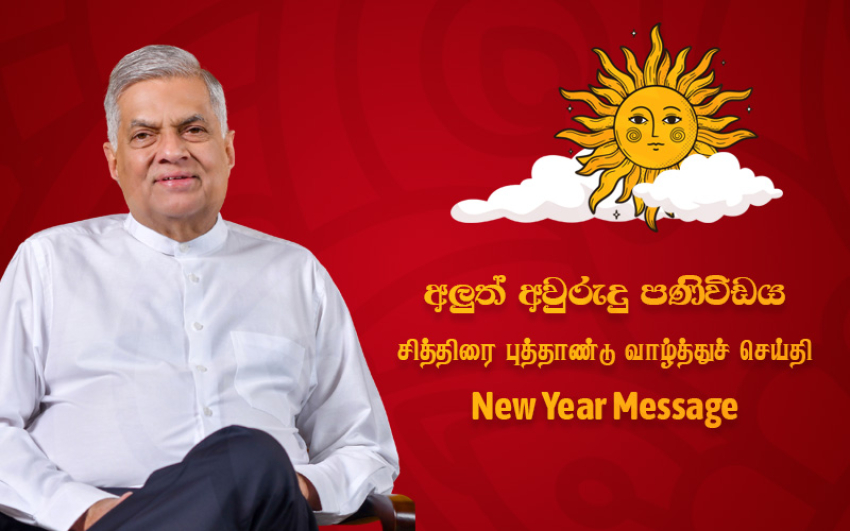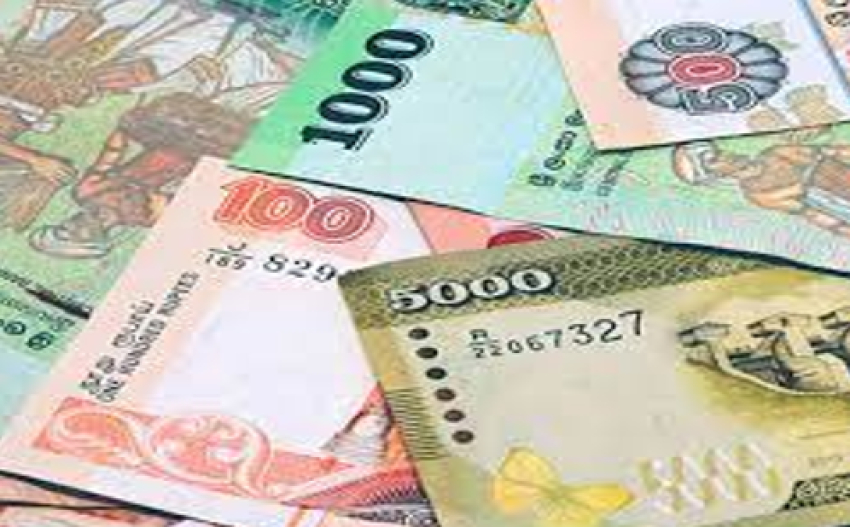The poya this month – Uduwap Poya – is of special interest as it is now synonymous with freedom for women and also their significance in the Buddha Sasana and in the religion itself. The Buddha proclaimed that for the religion to continue with significance, four foundations or supports were necessary, namely: bhikkhus (ordained monks) bhikkhunis (ordained nuns) upasaka and upasikaa (lay devotees, male and female). With higher ordination of women being effected, even in Sri Lanka, where there was sharp opposition towards the higher ordination of our ‘dasasilmaathas’, the four supports are in place.
The reason for the objection to higher ordination for women in the Buddhist world was that the Order of Bhikkhunis ended a century or two ago, and since there was no ordained nun of the lineage to give others ordination, it was not possible to go beyond the ten preceptor stage. In the 1960s and 1970s, this was not accepted as a valid reason for not reviving the Bhikkhuni Sasana and thus Taiwanese Monks mainly, ordained ten preceptors in the Far East and California. They have to observe eight more precepts than the 227 to be observed by monks.
A couple of women, from Sri Lanka, bravely went to Bodh Gaya and obtained higher ordination from a monk of the Mahayana lineage but subsequently from a Theravada Monk. And so we have ‘Bhikkhuni Kusuma’ and others. In Australia, ‘Bhikkhu Brahmavamso’ ordained nuns from about two or three decades ago.At Uduwap Poya particularly, nuns of long ago and now are remembered.
The Buddha’s chief patron
Visakha, daughter of a rich Brahmin of Saketa was married off at 16 to Punnavadhana, son of wealthy Migara of Savatthi where the Buddha took abode for long. Visakha, while being a householder and bearer of ten children, was a devoted lay woman and a patron of the Buddha. Visakha was a ‘sotapannaor’ ‘stream enterer’ who is destined only seven lives in ‘samsara’ before entering ‘Nibbana’. It is thus her example that is quoted to demonstrate that a woman even within marriage can aspire to higher states.
The Bhikkhuni Sangha
The first ordained nun was Mahapajapati Gotami, Prince Gautama Siddhartha’s foster mother who cared for him from the time his mother (her elder sister) Mahamaya died a few days after giving birth to the prince. Her story is both inspiring and heart touching. After the Buddha’s first visit to his home in Kapilavasstu, Mahapajapati Gotami desired becoming a nun. There was no Nuns Order in place, so she and a band of her followers walked five hundred miles to where the Buddha was residing and, speaking to Ananda Thera, the Buddha’s attending monk, expressed her desire. The Buddha refused the request thrice. Reasons adduced to this are many but to me the most acceptable is that the Buddha was busy setting up the Order of Monks - his Sangha – and wanted no distraction.
Also, he knew how tedious the life of a renunciator of lay life could be. He thought women too frail to lead such a life. But Mahapajapati Gotami persisted and Ven. Ananda, the third time he appealed to the Buddha, reminded him of the care and love lavished on him by his foster mother. Thus, giving nuns eight more ‘vinaya rules’ to observe, the Buddha ordained Mahapajapati Gotami and the Sakyan women who followed her. Thus, the inauguration of the Bhikkhuni Sangha.
Kisa Gotami, Patachara, Ambapali the courtesan, and others moved to becoming nuns after varied lay lives during the Buddha’s time. The lineage continued until it died down in all Theravada Buddhist countries.
To us Sri Lankans, Ven. Sanghamitta Theri, daughter of Emperor Asoka and sister of Ven. Mahinda Thera is of special veneration. Mahinda Thera had arrived in Mihintale in 306 BC (213 years after the death of Buddha) and converted King Devanampiyatissa and the people he ruled to Buddhism. A request was sent to Emperor Asoka by the Lankan King for a nun since women of his court wished for ordination. Thus arrived Ven. Sanghamitta Theri bearing a branch of the sacred Bo-tree at Bodh Gaya, which is in Anuradhapura, the oldest historical tree in the world.

